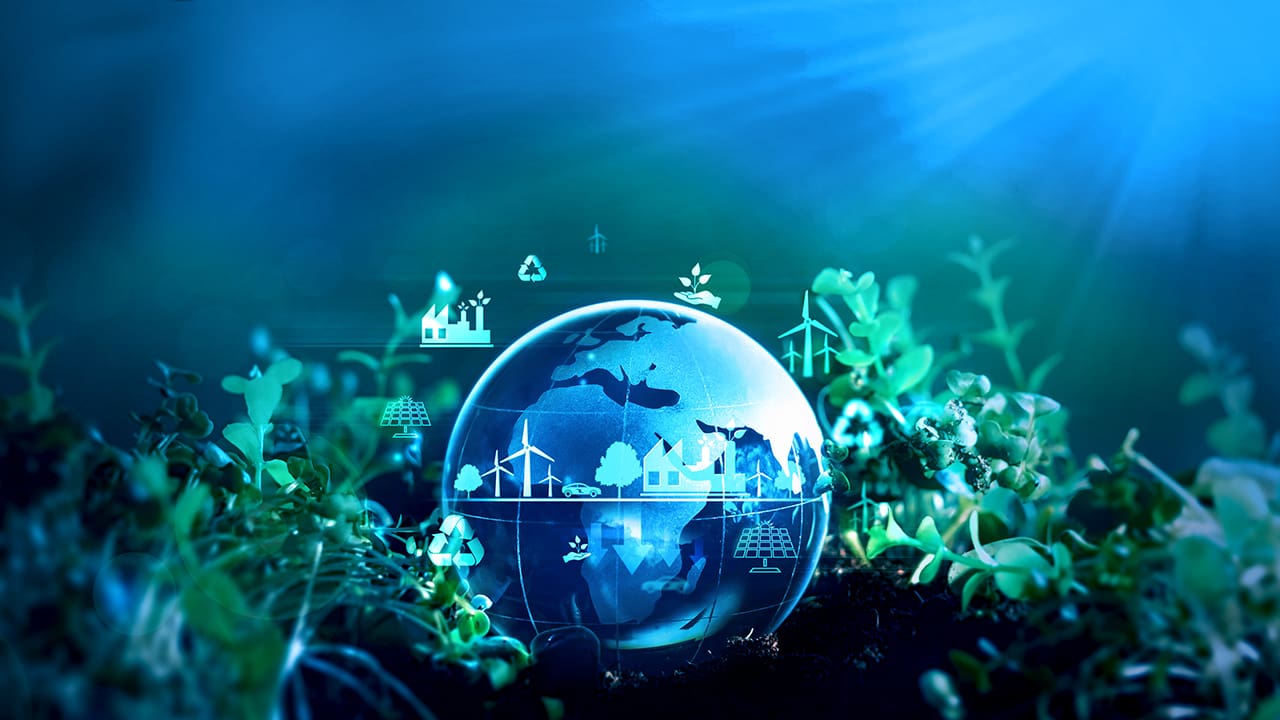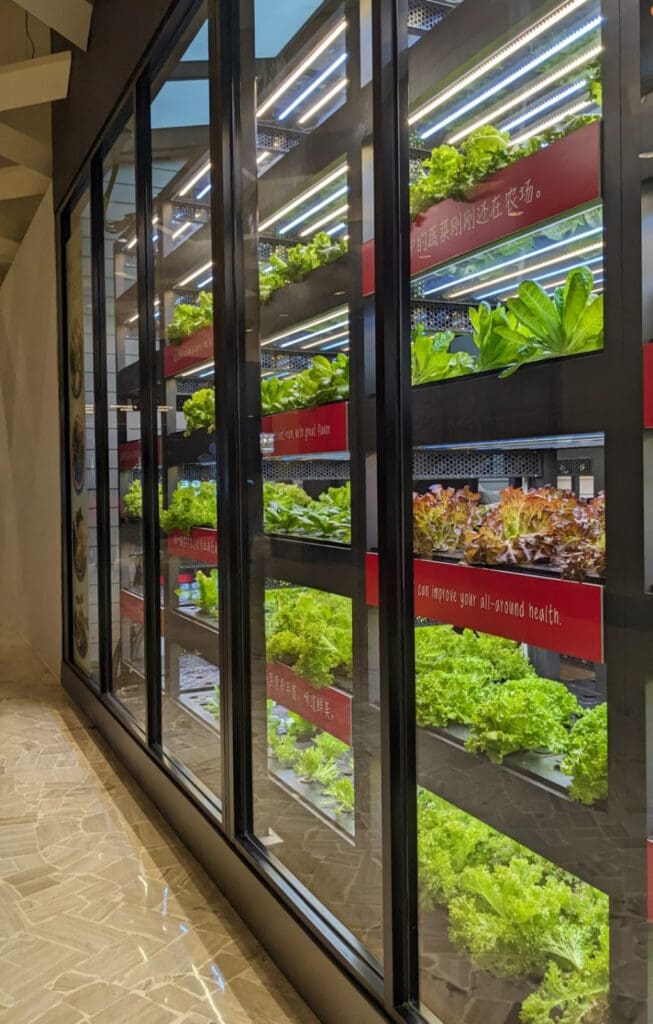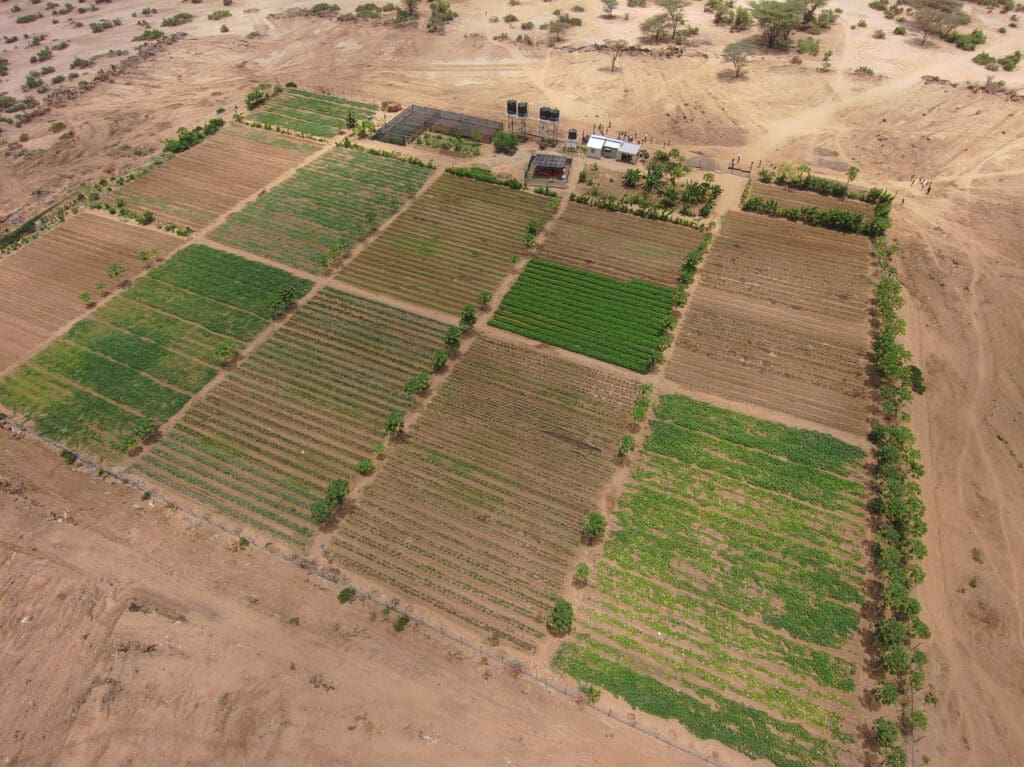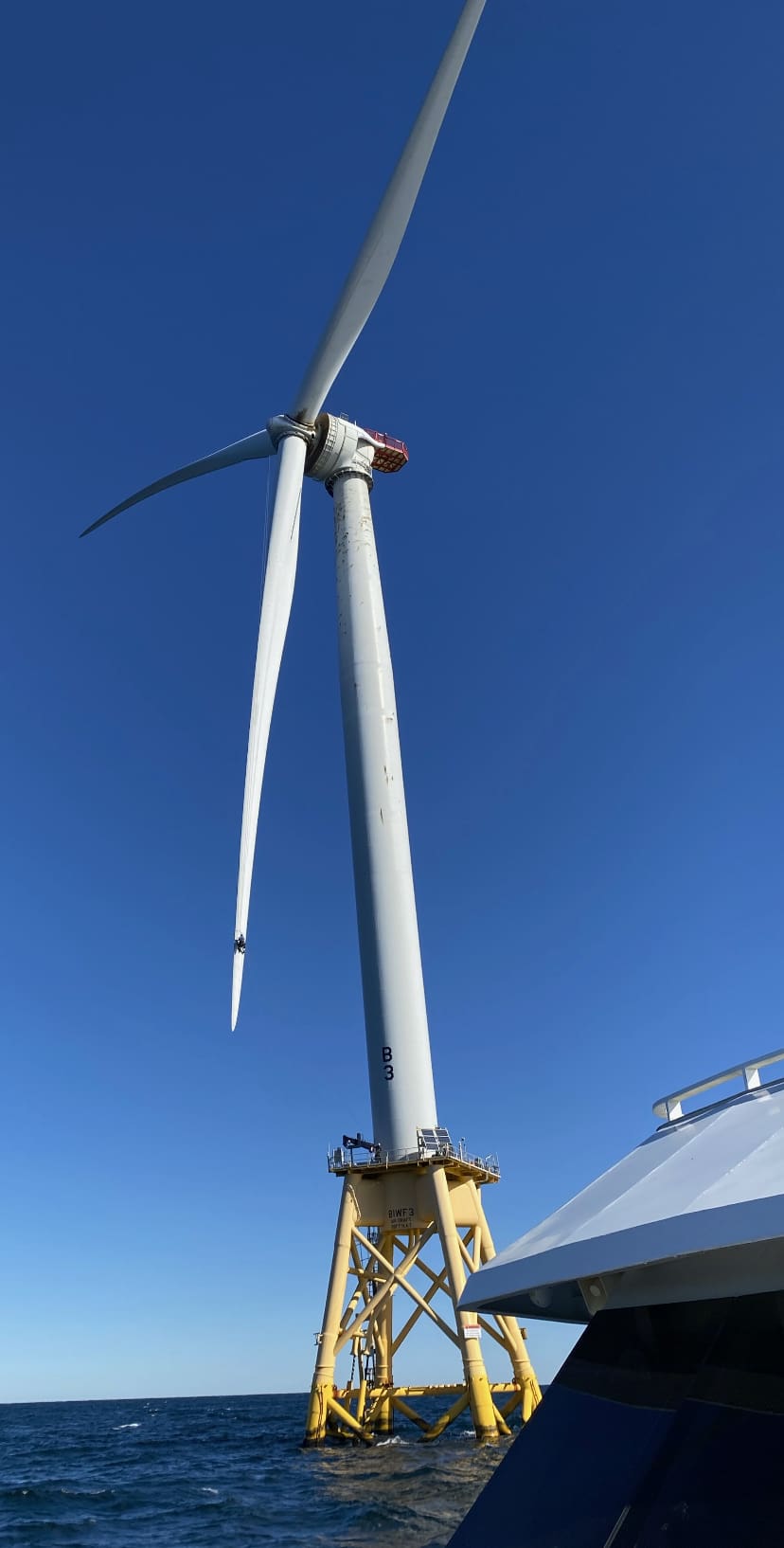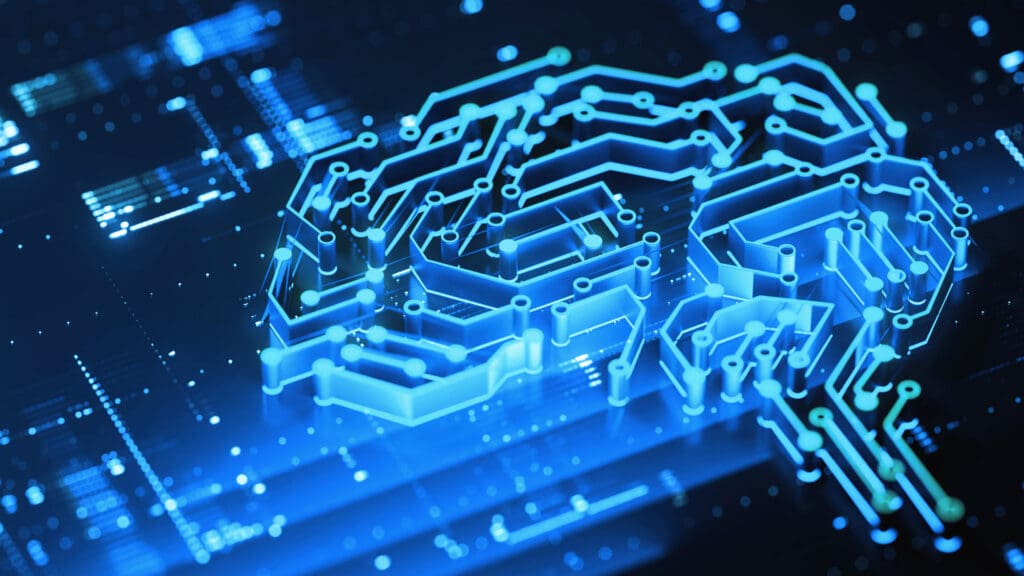As part of our 2023 World Standards Day celebrations, we invited our international community to pick up a camera and capture the ways technology, driven by global standards, can help protect and preserve the planet.
The contest, Framing the Future of Technology for Good, drew more than 30 entries, and every image captured a unique story. IEEE SA selected three winning images that best highlighted the power of standards for a more sustainable, equitable, and connected world.
The breadth of entries, from Italy to Nigeria and Egypt to India, demonstrated the unique perspectives of our volunteer and member communities. Thank you to everyone who entered and congratulations to our three winning photographers.
The Hydroponic Revolution in Agriculture
Salih Yoosaf, India
Salih’s image of a hydroponic system and its most functional use of growing salad greens caught our team’s attention because of its simplicity. Hydroponics is revolutionary, yet not complicated—smart hydroponics, automation, and IoT-based systems are an adaptable and sustainable alternative agricultural solution.
“By eliminating the need for traditional soil, hydroponics offers a sustainable solution to food production challenges, making it a key player in the future of farming,” Salih says. “This innovative approach enhances crop yield, accelerates growth, and allows precise control over nutrients.”
IoT-based solutions for hydroponics—a soil-free method of cultivating crops using nutrient-enriched water—can sense, monitor, and automate the end-to-end process. IEEE SA’s portfolio of standards has a far-reaching role in sustainable agriculture, from sensors to smart technologies and wireless connectivity.
Natoot Farm in Northern Kenya
Mercy Chelangat, United States
Mercy’s arresting drone shot of a farm in Turkana perfectly captured the essence of the competition—sustainable water usage and farming innovation in an arid, drought-prone environment. The Natoot Farm in northwest Kenya (on community-owned land in a region with one of the continent’s lowest rainfalls) harnesses ample sunshine to keep families nourished, the land fertile, and the solar-powered irrigation and production of crops sustainable.
“The solar PV installation overlooking a drip irrigation project paints a vivid picture of sustainable innovation in an arid landscape… showcasing how global standards empower farmers, providing hope and promoting sustainable water usage in traditionally non-agricultural regions,” she says.
IEEE SA’s global ecosystem of standards, programs, and resources helps advance food security, safety, traceability, and climate-smart agriculture practices. IEEE members and volunteers work directly with farmers worldwide to install and use cost-effective digital technologies to implement climate-smart agriculture practices on farms.
Green Energy In The Deep Blue
Evan Carey, United States
This photograph of a wind turbine worker suspended on a blade is stunning in both its scale and contrast. Taken from his perspective as a utility worker on a fast ferry, Evan’s picture highlights a turning point in clean, renewable energy.
“This wind farm is located off the shore of Block Island, Rhode Island. This is the country’s first offshore [commercial] wind farm,” he says. Three miles off the coast, this location generates enough energy from its five 560-foot-tall wind turbines to power the entire island; the balance is exported to the mainland.
Recent standards to advance grid stability and reliability include IEEE 2800™–2022, which establishes a uniform set of technical minimum requirements for the interconnection, capability, and performance of inverter-based resources, like modern wind turbines.
Here are just a few more examples of IEEE Standards in Action:
- Fostering innovation to serve people and the planet
- The IEEE 7000™ standards series promotes the ethical, safe, and trusted use of technology like artificial intelligence (AI) helping to ensure safety and human wellbeing.
- The IEEE 1547™ standard establishes reliable grid integration of Distributed Energy Resources (DERs) like solar and wind power to support the generation of sustainable clean energy.
- Addressing quality of life in urban environments
- Smart cities can help mitigate decades of problems created by rapid urbanization. The IEEE P2784™ standard offers a guide for smart city technology and planning.
- Internet of Things (IoT) technologies help cities collect vast amounts of data to make better decisions on traffic control, energy use, climate, and more. Standards like IEEE 2413™ offer an architectural framework for IoT.
- Helping to create safe and secure connections
- The IEEE 802® family of standards creates a connected framework that enables Ethernet, Wi-Fi, Bluetooth, and many other technologies.
- The IEEE 11073™ standards family promotes connectivity and interoperability of medical devices and your PC, tablet, or phone enabling communication with your doctor.
Learn more about standards in everyday life and be on the lookout for this year’s World Standards Day!


